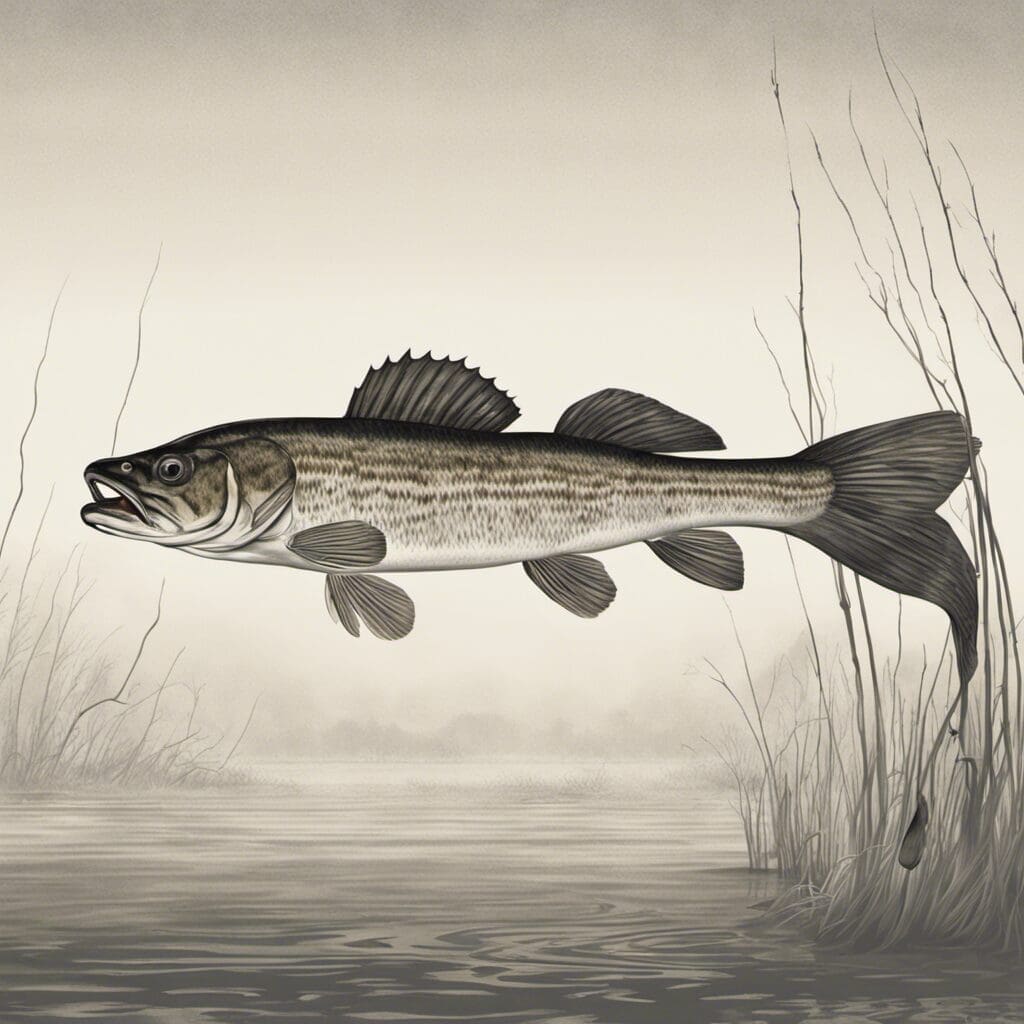Introduction
The Sauger, scientifically classified as Sander canadensis, is a freshwater fish species belonging to the Percidae family.
Conservation Status
As of current data, the Sauger is classified as “Least Concern” by the International Union for Conservation of Nature (IUCN) due to their wide distribution and relatively stable population. However, they are not exempt from threats such as pollution, habitat loss, and overfishing which necessitate responsible management and conservation efforts.
Statistics
A summary of various Sauger statistics are as follows:
| Statistic | Average | Range |
|---|---|---|
| Length | 30 cm | 15-50 cm |
| Weight | 1 kg | 0.5-2.5 kg |
| Average Lifespan | 6 years | N/A |
Distribution
Sauger are primarily found across North America, from Northern Canada down to Alabama in the United States. They show seasonal migratory patterns, moving to flowing water in the spring for spawning, then retreating to deeper pools or lakes in the summer and winter.
Habitats
Sauger thrive in a variety of water types including lakes, large rivers, and reservoirs. They prefer depths of 3-9 meters and temperature ranges are believed to be between 50 to 70 °F.
When and Where to See
Seasonal patterns reveal that Sauger are more active during the spring season when spawning occurs. Regardless of the season, they are known to be more active during dusk and dawn.
Best Fishing Locations
Some of the top places to catch Sauger are:
1. Lake Sakakawea, North Dakota
2. Lake Cumberland, Kentucky
3. Pickwick Lake, Alabama
4. Lake of The Woods, Minnesota
5. Mississippi River, Wisconsin
6. Missouri River, South Dakota
7. Ohio River, Ohio
8. Cumberland River, Tennessee
9. Tennessee River, Alabama
10. Arkansas River, Arkansas
How to Catch
Sauger are generally caught using baits such as minnows, worms, or various soft plastics. Popular fishing techniques include bottom fishing and trolling, with the best time to fish being around dusk and dawn.
Identification Guide
Physical characteristics of the Sauger include a brassy olive to brownish color, a dorsal fin with spines and rounded white spots, and a cylindrical body shape.
Culinary
Sauger meat is lean and flaky with a mild, sweet flavor. It can be cooked in a number of ways including grilling, frying, and baking.
Additional Information
Sauger feed on a diet comprised mainly of small fish and crustaceans. They are important to the food chain, providing food for larger predatory fish and birds while also regulating populations of smaller prey species.

